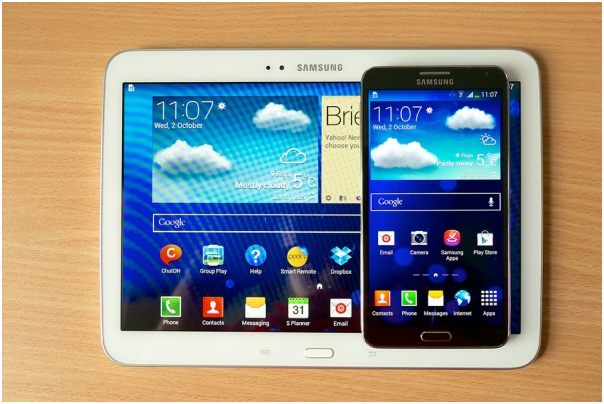
Devices do a lot to improve our lives but us average Americans with our manifold gadgetsnow have a lot to keep track of. The laptops that are still a common sight in offices and living rooms, the phones that are our lifelines, the tablets we fall asleep with, the fitness trackers that keep us healthy and all the other connected devices we can't survive without. So is it any wonder that when an opportunity to combine two or even more devices into a single gadget comes along, we embrace it? That's the phablet.
Nowadays the family without at least one mobile device is something of an anathema. Most individuals have at least one and probably more considering that studies show 42% of American adults own tablets and 58% of American adults have a smartphone. Mobile is hot, with smartphones and tablets now the default second screen used for everything from browsing to gaming to shopping and even watching TV. At this point there's hardly any reason for the average person to sit down in front of a computer or television for dedicated screen time. We have computers right in our pockets, which means everything we used to do at a desk we now do sprawled on the couch or running on the treadmill or standing in the grocery store queue. If we don't order our groceries online, that is.
Phablets - notice the neat portmanteau of the words phone and tablet - occupy the space between smaller smartphones and the largest tablets. Increasingly, they're also edging into fitness tracking and life tracking territory with sensors that measure nearly everything about yourself you could possibly want to quantify. With carriers like T-Mobile offering phablet deals like free 4G LTE data and contract-free service that make upgrading palatable, people are switching to phablets in droves.
Data from apps analytics firm Flurry shows the demand for big phones is twice as large as it was in 2013 and more than twice as many Android devices are large-screened smartphones this year.Flurry also found that bigger devices get more play, which could explain Apple's decision to size up the iPhone with the newly released 6 Plus.
These phones on steroids outsold both laptops and tablets in Asia in 2013, and the US couldbe next if the 'bigger is better' trend continues.Tom Mainelli, program vice president for devices and displays at IDC, told Tech Times that the phablet's ability to do double dutymay just be causing people to question the utility of tablets. And research firm Juniper predicted that phablet sales will rise a whopping 600% in the next four years. Which makes sense, considering that most consumers seem to gravitate toward 7-inch tablets, with 10-inch tablets struggling to keep up and more smartphone manufacturers moving toward the 7-inch sweet spot.
Can a couple of inches really change the tech landscape so dramatically? Many experts and analysts are saying yes. The rise of the phablet could just mean the death of the tablet within the next few years or - more likely - an increasingly blurred line between what is and isn't a phone.
The phablet revolution is important for eCommerce sellers to take note because there is now another screen to focus on when it comes to designing and implementing marketing and advertising materials. The more screens that consumers are able to shop from, the more sales will increase. It is very important to have dynamically-serving websites that are easily assessable across all platforms and screen sizes. What is your business doing to make sure its website is easily stoppable across all devices?
Via

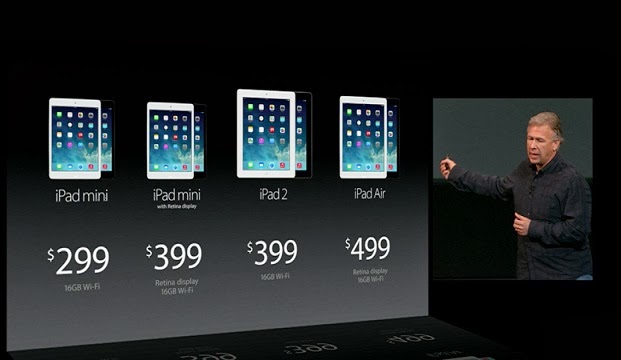
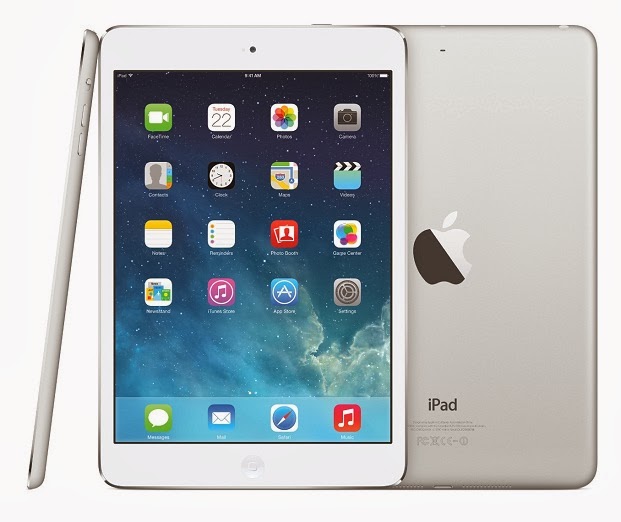
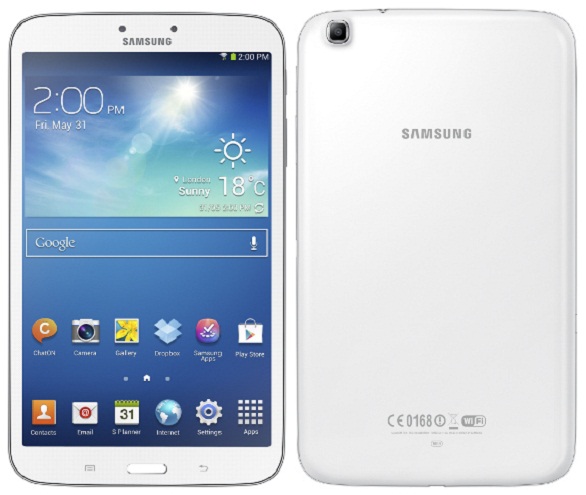
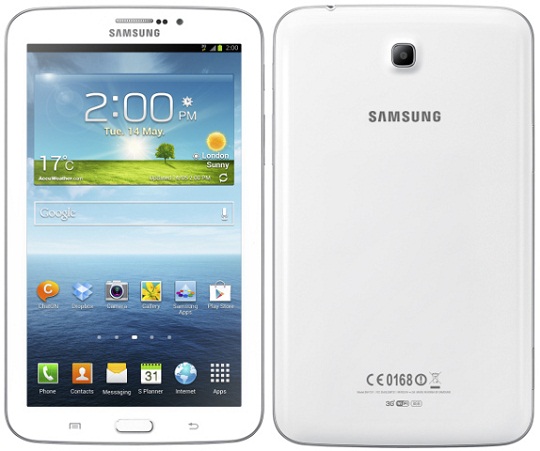
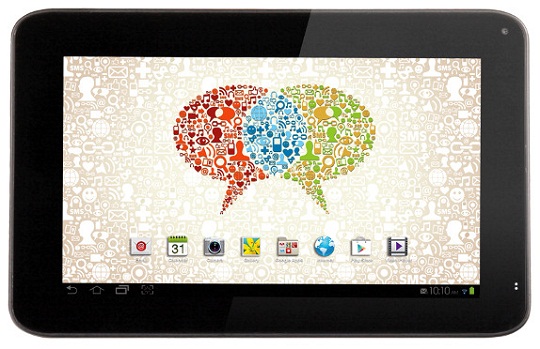
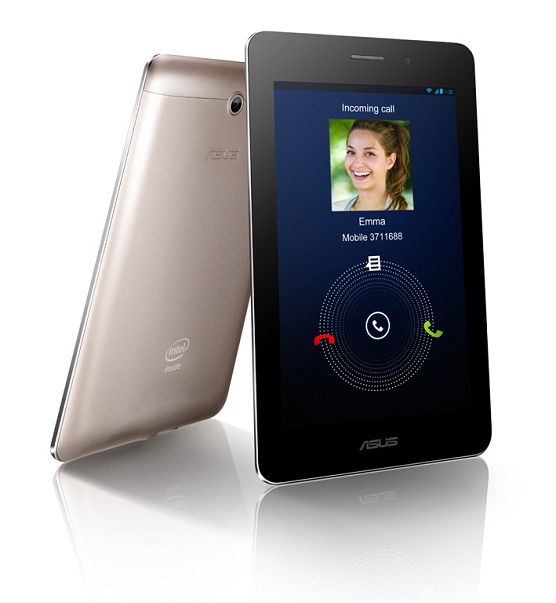


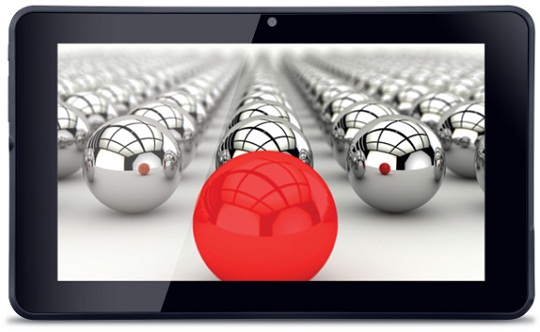
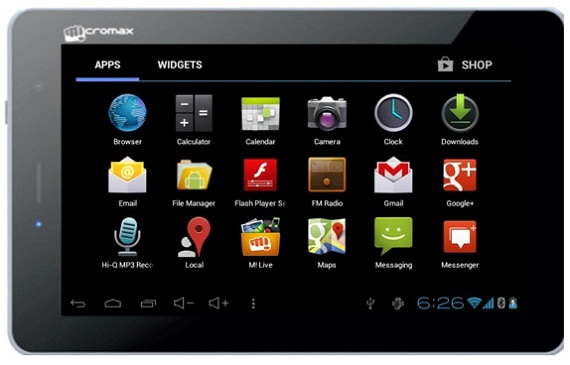

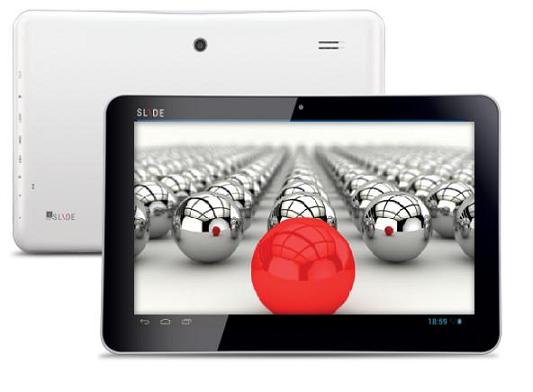


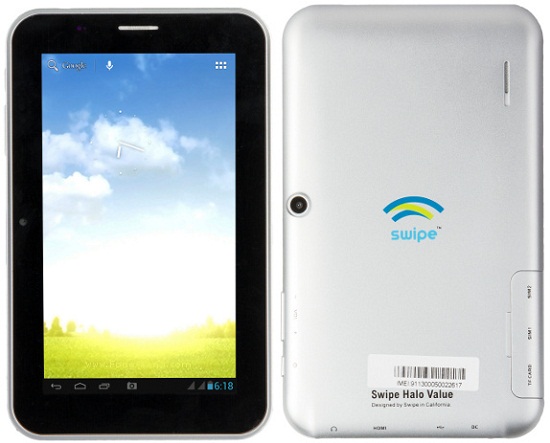


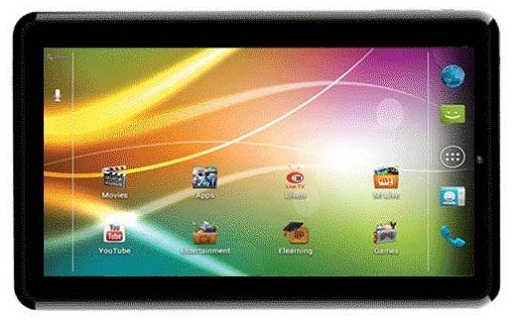
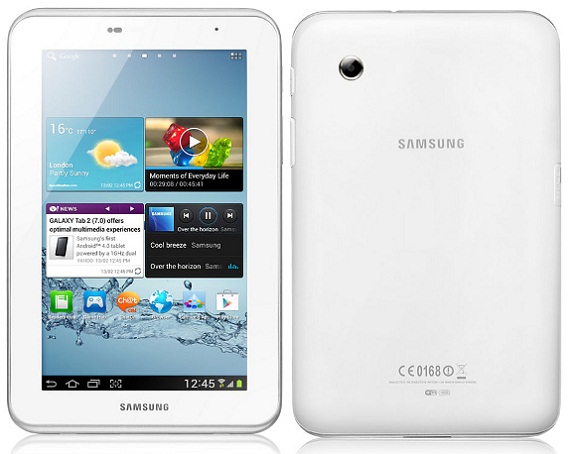
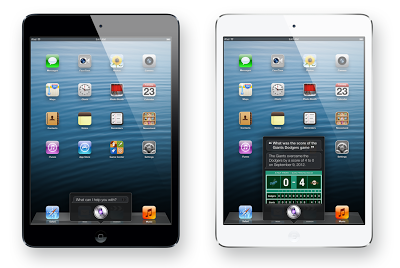
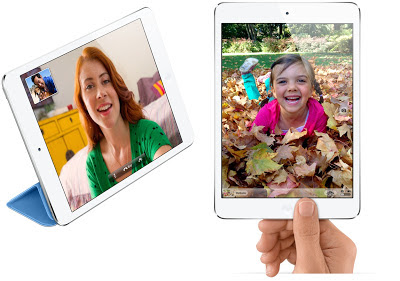

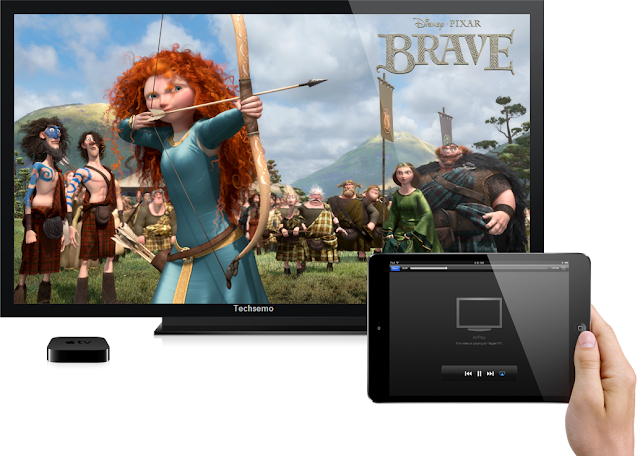
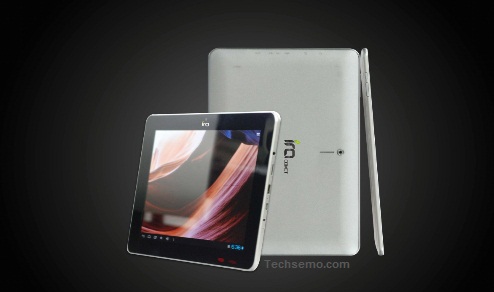


.jpg)






